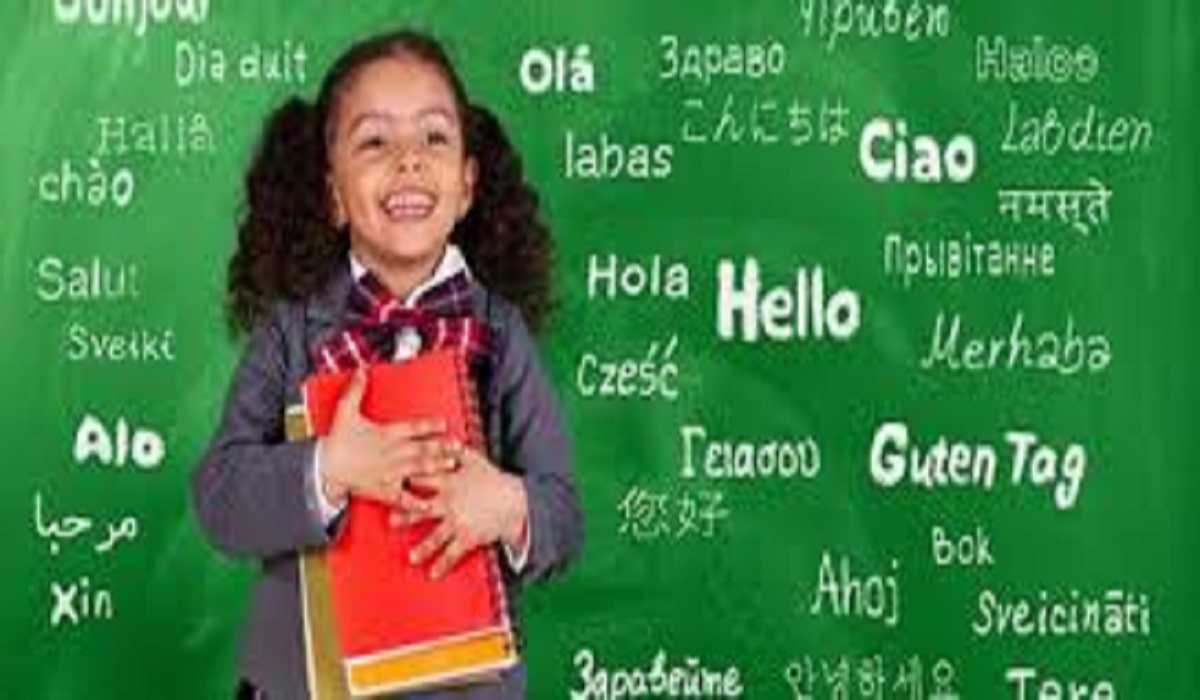Children Really Learn a Second Language More Easily
Children Really Learn a Second Language More Easily: In today’s globalized world, multilingualism is a valuable skill. Parents and educators often wonder: Do children really learn a second language more easily than adults? Research suggests that young learners have unique cognitive advantages when acquiring new languages, but the process isn’t always as simple as it seems.
This article explores the science behind childhood language acquisition, the benefits of early bilingualism, and practical strategies for teaching a second language effectively. Whether you’re a parent, teacher, or language enthusiast, this guide offers the latest insights into how children acquire new languages.
The Science Behind Childhood Language Learning
The Critical Period Hypothesis
Linguist Eric Lenneberg proposed that there’s a “critical period” (typically before puberty) when the brain is most receptive to language learning. Studies show that children who learn a second language during this time often achieve near-native fluency.
Brain Plasticity in Young Learners
A child’s brain is highly adaptable, with neural pathways forming rapidly. This plasticity allows them to absorb language structures, vocabulary, and pronunciation more efficiently than adults.
Cognitive Advantages of Early Bilingualism
Bilingual children often exhibit better problem-solving skills, enhanced memory, and greater mental flexibility. Research also links early language learning to improved performance in subjects like math and science.
How Children Learn Languages Differently Than Adults?
Natural Acquisition vs. Structured Learning
Children learn languages organically through exposure, while adults often rely on grammar rules and memorization. This natural approach helps kids develop intuitive language skills.
The Role of Play and Immersion
Interactive methods—such as games, songs, and storytelling—make language learning engaging for children. Immersion environments (e.g., bilingual schools) accelerate proficiency.
Pronunciation and Accent Development
Young learners typically mimic native accents more accurately due to their ability to distinguish subtle sound differences, a skill that diminishes with age.
Benefits of Learning a Second Language Early
Enhanced Cognitive Skills
Bilingualism strengthens executive function, boosting attention control, multitasking, and decision-making abilities.
Improved Academic Performance
Studies show that bilingual students often outperform monolingual peers in reading, writing, and standardized tests.
Cultural Awareness and Social Skills
Learning another language fosters empathy, cross-cultural communication, and global awareness from an early age.
Challenges in Teaching Children a Second Language
Maintaining Motivation
Young learners may lose interest if lessons feel like a chore. Keeping activities fun and interactive is key.
Balancing Multiple Languages
Parents and teachers must ensure that neither the native nor the second language is neglected.
Overcoming Common Misconceptions
Some believe bilingualism confuses children, but research disproves this—kids can differentiate languages naturally.
Effective Strategies for Teaching Kids a Second Language
Immersion Techniques
- Enroll children in bilingual programs.
- Use the target language at home.
Using Technology and Apps
- Duolingo, Rosetta Stone Kids, and Gus on the Go make learning interactive.
Incorporating Storytelling and Songs
- Nursery rhymes and bilingual books reinforce vocabulary.
Debunking Myths About Childhood Language Learning
“Children Learn Languages Effortlessly”
While they have advantages, consistent exposure and practice are still necessary.
“Starting Early Guarantees Fluency”
Fluency depends on sustained learning—early exposure helps but isn’t a magic solution.
“Bilingualism Causes Language Delays”
No evidence supports this; bilingual kids may mix languages temporarily but catch up quickly.
Case Studies: Success Stories of Early Language Learners
Schools with Successful Bilingual Programs
- Example: The French Immersion Program in Canada.
Real-Life Examples of Child Polyglots
- Kids like Bella Devyatkina, who spoke 8 languages by age 7.
FAQs About Children Learning a Second Language
1. What is the best age for a child to start learning a second language?
The earlier, the better—ideally before age 7, but older kids can still succeed with the right methods.
2. Can learning two languages confuse a child?
No, children naturally differentiate between languages, though they might mix words initially.
3. How much time does a child need to become fluent?
Fluency depends on exposure; daily practice over several years yields the best results.
4. Are bilingual children smarter?
They often have cognitive advantages, but intelligence depends on multiple factors.
5. What’s the best way to teach a child a second language at home?
Use a mix of conversation, media (cartoons, songs), games, and reading in the target language.
Conclusion
Children do have a natural advantage in learning second languages, thanks to their brain plasticity and learning styles. However, success depends on consistent exposure, engaging methods, and a supportive environment.
